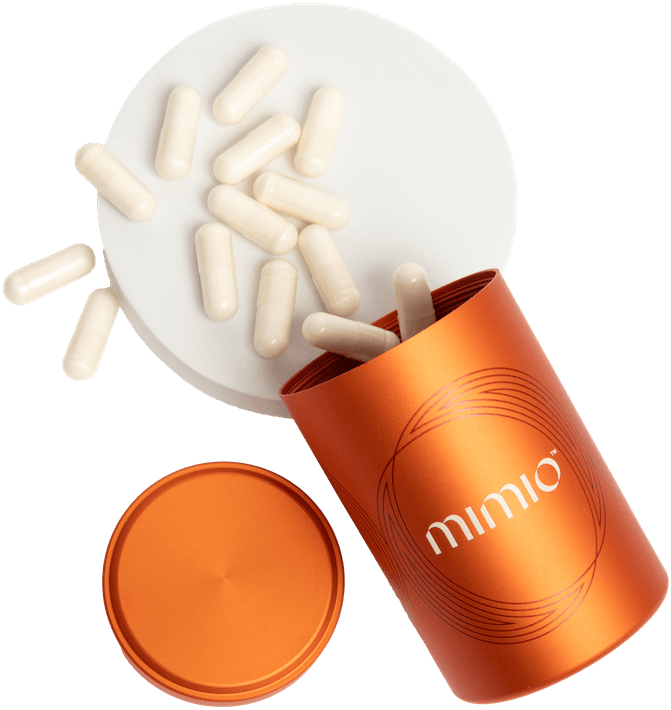When you think about living your best life, the words "health" and "wellness" often come to mind. But what is the difference between health and wellness? Are they just trendy buzzwords, or do they hold distinct meanings that can help you optimize your life? Let’s break it down and see how you can leverage both for a vibrant, fulfilling existence.
Understanding Health: A Comprehensive Overview
Health is often viewed as the ultimate goal. It's what we strive for when we go for our annual check-ups, follow a balanced diet, or exercise regularly. But what exactly does "health" mean?
- Physical Health: This is the most obvious aspect. It involves the absence of disease and the efficient functioning of the body.¹ Indicators of good physical health include healthy weight, strong muscles, and the ability to perform daily activities without undue fatigue.
- Mental Health: Just as crucial as physical health, mental health refers to cognitive functioning and emotional well-being. This includes how we handle stress, relate to others, and make decisions. Good mental health is characterized by a positive mindset, resilience, and the ability to cope with life’s challenges.²
- Social Health: This often-overlooked aspect of health involves our interactions and relationships with others. Strong, supportive relationships can enhance your physical and mental health, while toxic relationships can have the opposite effect.³
Defining Wellness
While health can be seen as the goal, wellness is more about the journey. It's a holistic approach that encompasses all aspects of your life and is a proactive way to improve your overall well-being. Wellness is about more than just avoiding illness; it's about thriving and feeling your best in every area of your life.
- Emotional Wellness: This involves understanding your emotions, coping with challenges, and building strong relationships. Emotional wellness allows you to express your feelings freely and manage life’s stressors effectively.⁴
- Intellectual Wellness: Keeping your brain active and engaged is a vital part of wellness. This can be achieved through learning new skills, reading, solving puzzles, or engaging in creative activities.⁵
- Occupational Wellness: Finding fulfillment and balance in your work life is essential for overall wellness.⁶ This includes having a career that you enjoy, finding a good work-life balance, and feeling valued and appreciated in your professional role.
- Environmental Wellness: Your surroundings significantly impact your well-being. Living in a clean, safe, and healthy environment can improve your quality of life and reduce stress.⁷
Key Differences Between Health and Wellness
- Reactive vs. Proactive: Health often involves reacting to illness or injury and taking steps to treat and manage these conditions. Wellness, on the other hand, is a proactive approach that focuses on preventing health issues before they arise by adopting healthy habits and behaviors.⁸
- State vs. Practice: Health can be seen as a state of being—either you are healthy, or you are not. Wellness is more about a continuous practice. It’s the daily actions and choices you make to enhance your overall well-being.⁹
- Scope: Health tends to focus more on physical and mental aspects, while wellness encompasses a broader range of areas including emotional, intellectual, occupational, and environmental well-being.
- Outcome vs. Process: Achieving good health is often the desired outcome of our efforts. Wellness, however, is the ongoing process of making choices that lead to a more fulfilling life.¹⁰
Integrating Health and Wellness
To truly thrive, it’s important to integrate both health and wellness into your life. Here are some tips to get started:
- Regular Check-Ups: Don’t skip those annual visits to your healthcare provider. Preventive care is crucial for maintaining good health
- Healthy Diet: Eating a balanced diet rich in fruits, vegetables, lean proteins, and whole grains can help maintain physical health and boost your mood
- Physical Activity: Regular exercise not only keeps you physically fit but also enhances mental health by reducing stress and anxiety
- Mindfulness Practices: Incorporate mindfulness, meditation, or yoga into your daily routine to improve emotional and mental wellness
- Lifelong Learning: Keep your brain engaged by learning new skills or hobbies. This can boost intellectual wellness and keep you mentally sharp
- Work-Life Balance: Strive for a healthy balance between your professional and personal life to enhance occupational wellness
- Healthy Relationships: Build and maintain strong, supportive relationships to improve social health and overall well-being
- Environment: Create a living space that is clean, safe, and conducive to relaxation and productivity. This can significantly impact your environmental wellness
Conclusion
So, what is the difference between health and wellness? While health is about achieving a state of well-being and the absence of illness, wellness is about actively pursuing a balanced and fulfilling life. By understanding and embracing both concepts, you can lead a happier, healthier life.
Embrace the journey of wellness while keeping your health in check, and you’ll find yourself thriving in all aspects of life. After all, aging is awesome—or at least it should be!
References
¹ World Health Organization. (2020). Physical Activity and Adults. Retrieved from https://www.who.int/news-room/fact-sheets/detail/physical-activity
² National Institute of Mental Health. (2021). Mental Health Information. Retrieved from https://www.nimh.nih.gov/health/statistics/mental-illness
³ Holt-Lunstad, J., Smith, T. B., & Layton, J. B. (2010). Social Relationships and Mortality Risk: A Meta-analytic Review. PLOS Medicine, 7(7), e1000316.
⁴ American Psychological Association. (2018). The Road to Resilience. Retrieved from https://www.apa.org/helpcenter/road-resilience
⁵ Hultsch, D. F., Hertzog, C., Small, B. J., & Dixon, R. A. (1999). Use It or Lose It: Engaged Lifestyle as a Buffer of Cognitive Decline in Aging? Psychology and Aging, 14(2), 245-263.
⁶ Fisher, G. G., Bulger, C. A., & Smith, C. S. (2009). Beyond Work and Family: A Measure of Work/nonwork Interference and Enhancement. Journal of Occupational Health Psychology, 14(4), 441-456.
⁷ Evans, G. W. (2003). The Built Environment and Mental Health. Journal of Urban Health, 80(4), 536-555.
⁸ Satcher, D. (2006). The Prevention Challenge and Opportunity. Health Affairs, 25(4), 1009-1011.
⁹ Dunn, H. L. (1961). High-Level Wellness. Arlington, VA: Beatty Press.
¹⁰ Hales, D. (2009). An Invitation to Health: Choosing to Change. Belmont, CA: Cengage Learning.



